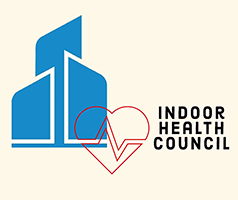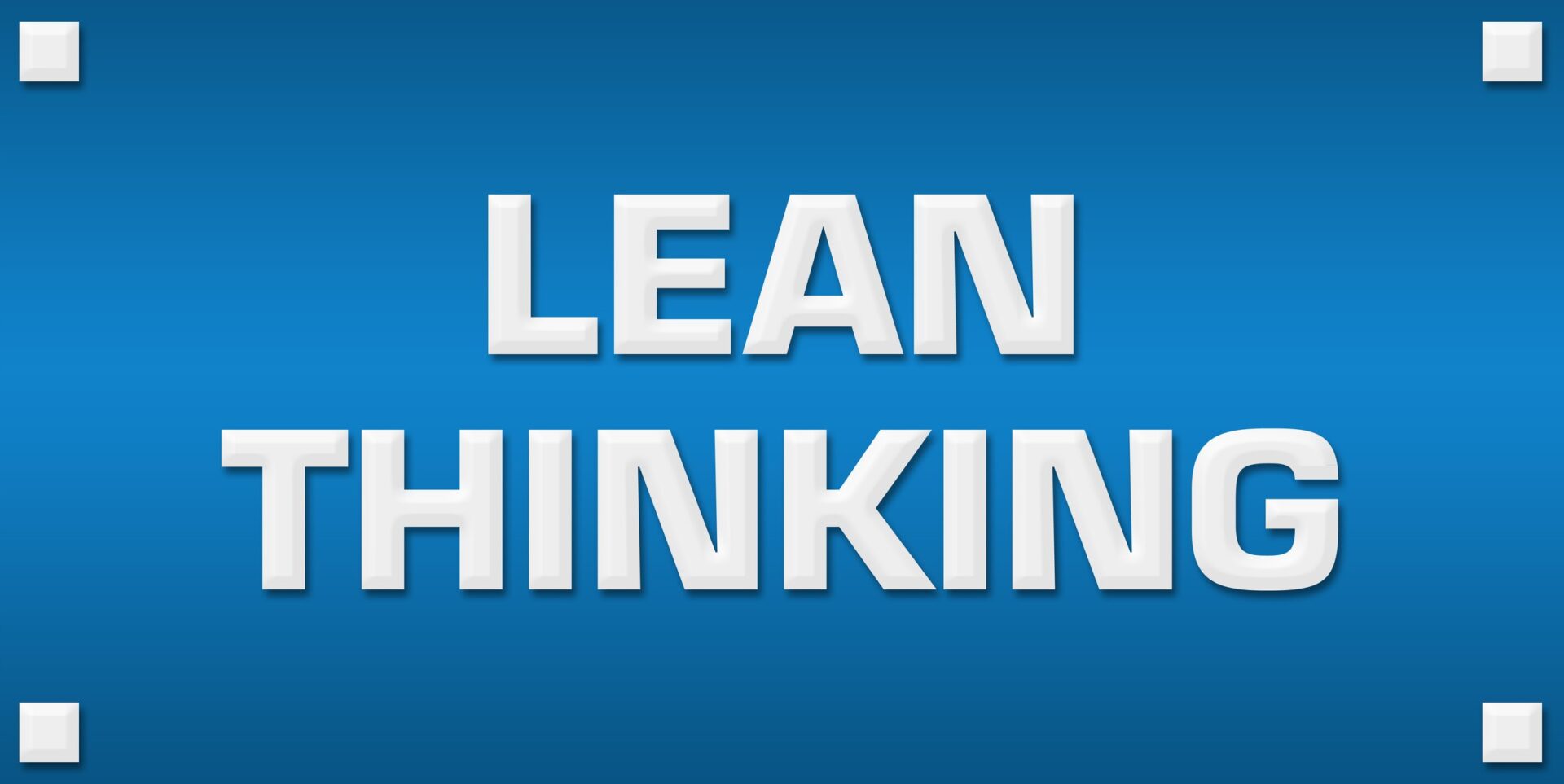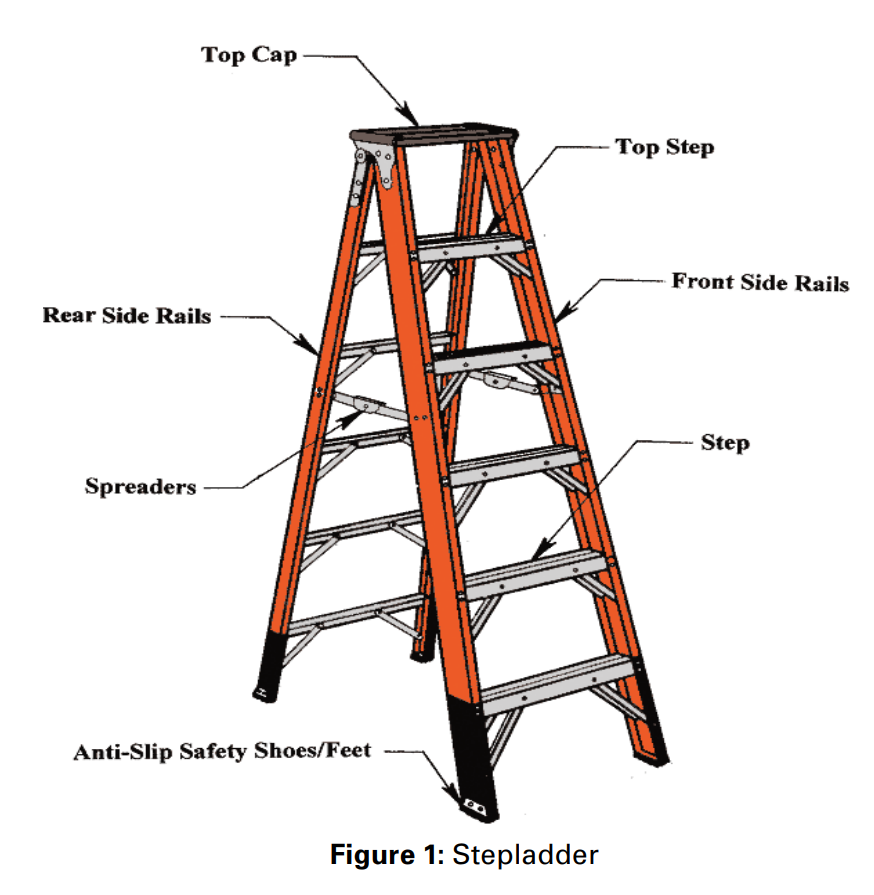Preventing Slips and Falls on Wet Surfaces
Slips and falls are among the most common causes of injuries and fatalities in the workplace and in public spaces. According to the U.S. Bureau of Labor Statistics, slips, trips, and falls accounted for 27% of all nonfatal occupational injuries and illnesses involving days away from work in 2018.
One of the major risk factors for slips and falls is the presence of wet or slippery surfaces, such as those caused by spills, leaks, rain, snow, ice, or cleaning products. Wet surfaces can reduce the friction between the foot and the ground, making it more difficult to maintain balance and avoid falling. In this document, we will explore the percentage of slips and falls that occur on wet surfaces, as well as some of the best practices to prevent them.
Percentage of Slips and Falls on Wet Surfaces
Estimating the exact percentage of slips and falls that occur on wet surfaces is challenging, as different sources may use different definitions, methods, and data sets to measure the incidence and prevalence of these events. However, some studies and reports have attempted to provide some estimates based on various sources of information, such as workers’ compensation claims, emergency department visits, hospital admissions, and surveys.
According to a study by Bell et al. (2008), which analyzed workers’ compensation claims from six states in the U.S. between 1998 and 2002, 19.3% of all slip and fall claims were attributed to wet or oily surfaces. This percentage varied by industry, ranging from 7.7% in mining to 35.3% in accommodation and food services. The study also found that wet or oily surfaces were associated with higher medical costs and longer disability durations than other causes of slips and falls.
According to a report by the U.S. Department of Labor (2016), which examined the characteristics of nonfatal occupational injuries and illnesses involving days away from work in 2015, 25.8% of all slips, trips, and falls were caused by fluids or greases on the floor or ground. This percentage also varied by industry, ranging from 9.2% in utilities to 41.9% in accommodation and food services. The report also found that fluids or greases on the floor or ground were more likely to result in fractures, sprains, strains, and tears than other causes of slips, trips, and falls.
According to a study by Stevens et al. (2016), which analyzed emergency department visits for nonfatal falls among adults aged 65 and older in the U.S. between 2011 and 2014, 16.5% of all falls were due to slipping on a wet floor or object. This percentage was higher for women (18.3%) than for men (13.6%). The study also found that slipping on a wet floor or object was more likely to cause head injuries, hip fractures, and hospitalizations than other causes of falls.
Based on these and other sources, we can estimate that the percentage of slips and falls that occur on wet surfaces is somewhere between 15% and 30%, depending on the population, setting, and data source. However, this percentage may not reflect the true magnitude of the problem, as many slips and falls may go unreported or misclassified, and some wet surfaces may not be easily identifiable or visible.
Prevention of Slips and Falls on Wet Surfaces
The prevention of slips and falls on wet surfaces requires a comprehensive and proactive approach that involves multiple stakeholders, such as employers, employees, property owners, managers, cleaners, and visitors. Some of the general strategies to prevent slips and falls on wet surfaces include:
• Conducting regular inspections and audits of the premises to identify and eliminate potential hazards, such as spills, leaks, puddles, ice, snow, or wet leaves.
• Using appropriate signage, barriers, cones, or mats to warn and protect people from wet or slippery areas.
• Cleaning and drying wet or slippery surfaces as soon as possible, using proper equipment, techniques, and products.
• Following the manufacturer’s instructions and safety precautions when using cleaning products, and ensuring adequate ventilation and drying time.
• Choosing suitable flooring materials, coatings, and finishes that have high slip resistance and durability, especially in areas that are prone to wetness or spillage.
• Maintaining and repairing the flooring and drainage systems to prevent cracks, holes, unevenness, or water accumulation.
• Providing adequate lighting and visibility in all areas, especially near entrances, exits, stairs, ramps, and transitions.
• Implementing and enforcing policies and procedures that promote safe work practices, such as wearing appropriate footwear, reporting and cleaning spills, and avoiding rushing or carrying heavy or bulky items.
• Providing and encouraging training and education on slip and fall prevention, risk factors, and reporting mechanisms for all staff and visitors.
• Monitoring and evaluating the effectiveness of the slip and fall prevention program, and making adjustments as needed.
Conclusion
Slips and falls on wet surfaces are a significant cause of injuries and fatalities in various settings and populations. The percentage of slips and falls that occur on wet surfaces may vary depending on the data source, but it is estimated to be between 15% and 30%. To prevent slips and falls on wet surfaces, a comprehensive and proactive approach that involves multiple stakeholders and strategies is needed. By implementing and following the best practices for slip and fall prevention, we can reduce the risk of these events and improve the safety and well-being of everyone.




